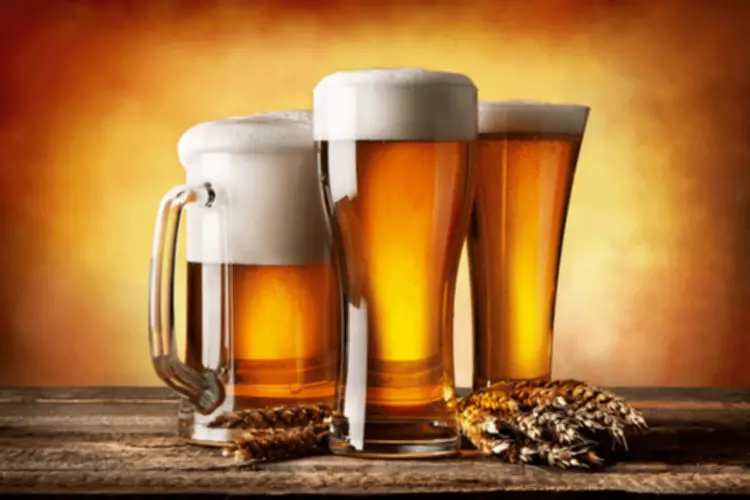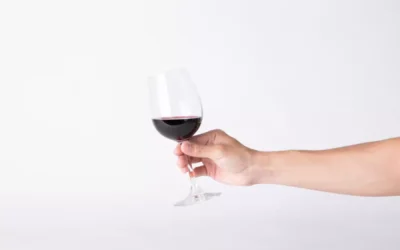Relapse prevention for addictive behaviors PMC
Such positive outcome expectancies may become particularly salient in high-risk situations, when the person expects alcohol use to help him or her cope with negative emotions or conflict (i.e., when drinking serves as “self-medication”). In these situations, the drinker focuses primarily on the anticipation of immediate gratification, such as stress reduction, neglecting possible delayed negative consequences. Related work has also stressed the importance of baseline levels of neurocognitive functioning (for example as measured by tasks assessing response inhibition and working memory; [56]) as predicting the likelihood of drug use in response to environmental cues.
A Lapse Vs. A Relapse
Expectancies are the result of both direct and indirect (e.g. perception of the drug from peers and media) experiences3. The RP model of relapse is centered around a detailed taxonomy of emotions, events, and situations that can precipitate both lapses and relapses to drinking. This taxonomy includes both immediate relapse determinants and covert antecedents, which indirectly increase a person’s vulnerability to relapse. Based on the classification of relapse determinants and high-risk situations proposed in the RP model, numerous treatment abstinence violation effect components have been developed that are aimed at helping the recovering alcoholic cope with high-risk situations. The results of recent research, particularly the RREP study, likely will lead to modifications of the original RP model, particularly with regard to the assessment of high-risk situations as well as the conceptualization of covert and immediate antecedents of relapse. Overall, however, research findings support both the overall model of the relapse process and the effectiveness of treatment strategies based on the model.
Relapse prevention for sexual offenders: considerations for the "abstinence violation effect"
However, evidence regarding its superiority relative to other active treatments has been less consistent. Outcomes in which relapse prevention may hold particular promise include reducing severity of relapses, enhanced durability of effects, and particularly for patients at higher levels of impairment along dimensions such as psychopathology or dependence severity21. An important part of RP is the notion of Abstinence violation effect (AVE), which refers to an individual's response to a relapse where often the client blames himself/herself, with a subsequent loss of perceived control4.

4. Consequences of abstinence-only treatment
- The client is taught not to struggle against the wave or give in to it, thereby being “swept away” or “drowned” by the sensation, but to imagine “riding the wave” on a surf board.
- In addition to these areas, which already have initial empirical data, we predict that we could learn significantly more about the relapse process using experimental manipulation to test specific aspects of the cognitive-behavioral model of relapse.
- Clients are taught to reframe their perception of lapses, to view them not as failures but as key learning opportunities resulting from an interaction between various relapse determinants, both of which can be modified in the future.
The empirical literature on relapse in addictions has grown substantially over the past decade. Because the volume and scope of this work precludes an exhaustive review, the following section summarizes a select body of findings reflective of the literature and relevant to RP theory. The studies reviewed focus primarily on alcohol and tobacco cessation, however, it should be noted that RP principles have been applied to an increasing range of addictive behaviors [10,11]. Relapse poses a fundamental barrier to the treatment of addictive behaviors by representing the modal outcome of behavior change efforts [1-3]. For instance, twelve-month relapse rates following alcohol or tobacco cessation attempts generally range from 80-95% [1,4] and evidence suggests comparable relapse trajectories across various classes of substance use [1,5,6]. Preventing relapse or minimizing its extent is therefore a prerequisite for any attempt to facilitate successful, long-term changes in addictive behaviors.
The client is taught not to struggle against the wave or give in to it, thereby being “swept away” or “drowned” by the sensation, but to imagine “riding the wave” on a surf board. Like the conceptualization of urges and cravings as the result of an external stimulus, this imagery fosters detachment from the urges and cravings and reinforces the temporary and external nature of these phenomena. There is less research examining the extent to which moderation/controlled use goals are feasible for individuals with DUDs. The most recent national survey assessing rates of illicit drug use and SUDs found that among individuals who report illicit drug use in the past year, approximately 15% meet criteria for one or more DUD (SAMHSA, 2019a). About 10% of individuals who report cannabis use in the past year meet criteria for a cannabis use disorder, while this proportion increases to 18%, 19%, 58%, and 65% of those with past year use of cocaine, opioids (misuse), methamphetamine, and heroin, respectively. These data suggest that non-disordered drug use is possible, even for a substantial portion of individuals who use drugs such as heroin (about 45%).

Marlatt's relapse prevention model: Historical foundations and overview
Helping the client to develop “positive addictions” (Glaser 1976)—that is, activities (e.g., meditation, exercise, or yoga) that have long-term positive effects on mood, health, and coping—is another way to enhance lifestyle balance. Self-efficacy often increases as a result of developing positive addictions, largely caused by the experience of successfully acquiring new skills by performing the activity. Despite precautions and preparations, many clients committed to abstinence will experience a lapse after initiating abstinence.
- Lack of consensus around target outcomes also presents a challenge to evaluating the effectiveness of nonabstinence treatment.
- Moreover, people who have coped successfully with high-risk situations are assumed to experience a heightened sense of self-efficacy4.
- When an urge to use hits, it can be helpful to engage the brain’s reward pathway in an alternative direction by quickly substituting a thought or activity that’s more beneficial or fun— taking a walk, listening to a favorite piece of music.
- Thus, one could test whether increasing self-efficacy in an experimental design is related to better treatment outcomes.
- Many clients report that activities they once found pleasurable (e.g., hobbies and social interactions with family and friends) have gradually been replaced by drinking as a source of entertainment and gratification.
In developing a sense of objectivity, the client is better able to view his or her alcohol use as an addictive behavior and may be more able to accept greater responsibility both for the drinking behavior and for the effort to change that behavior. Clients are taught that changing a habit is a process of skill acquisition rather than a test of one’s willpower. As the client gains new skills and feels successful in implementing them, he or she can view the process of change as similar to other situations that require the acquisition of a new skill. The desire for immediate gratification can take many forms, and some people may experience it as a craving or urge to use alcohol. Although many researchers and clinicians consider urges and cravings primarily physiological states, the RP model proposes that both urges and cravings are precipitated by psychological or environmental stimuli. Ongoing cravings, in turn, may erode the client’s commitment to maintaining abstinence as his or her desire for immediate gratification increases.
Alcoholics Anonymous May Be Most Effective Path To Abstinence, Study Says - CBS Baltimore
Alcoholics Anonymous May Be Most Effective Path To Abstinence, Study Says.
Posted: Wed, 11 Mar 2020 07:00:00 GMT [source]
- Although there may be practical reasons for your client to choose abstinence as a goal (e.g., being on probation), it is inaccurate to characterize abstinence-based recovery as the only path to wellness.
- As noted earlier, the broad influence of RP is also evidenced by the current clinical vernacular, as "relapse prevention" has evolved into an umbrella term synonymous with most cognitive-behavioral skills-based interventions addressing high-risk situations and coping responses.
- According to these models, the relapse process begins prior to the first posttreatment alcohol use and continues after the initial use.
- Similarly, self-regulation ability, outcome expectancies, and the abstinence violation effect could all be experimentally manipulated, which could eventually lead to further refinements of RP strategies.
- Consistent with the broader literature, it can be anticipated that most genetic associations with relapse outcomes will be small in magnitude and potentially difficult to replicate.
This finding supplements the numerous studies that identify lack of readiness for abstinence as the top reason for non-engagement in SUD treatment, even among those who recognize a need for treatment (e.g., Chen, Strain, Crum, & Mojtabai, 2013; SAMHSA, 2019a). Although specific intervention strategies can address the immediate determinants of relapse, it is also important https://ecosoberhouse.com/ to modify individual lifestyle factors and covert antecedents that can increase exposure or reduce resistance to high-risk situations. Global self-control strategies are designed to modify the client’s lifestyle to increase balance as well as to identify and cope with covert antecedents of relapse (i.e., early warning signals, cognitive distortions, and relapse set-ups).
- No matter how much abstinence is the desired goal, viewing any substance use at all as a relapse can actually increase the likelihood of future substance use.
- Outcome expectancies (anticipated effects of substance use; [27]) also figure prominently in the RP model.
- The RP model of relapse is centered around a detailed taxonomy of emotions, events, and situations that can precipitate both lapses and relapses to drinking.
- Discussing the relapse can yield valuable advice on how to continue recovery without succumbing to the counterproductive feelings of shame or self-pity.
